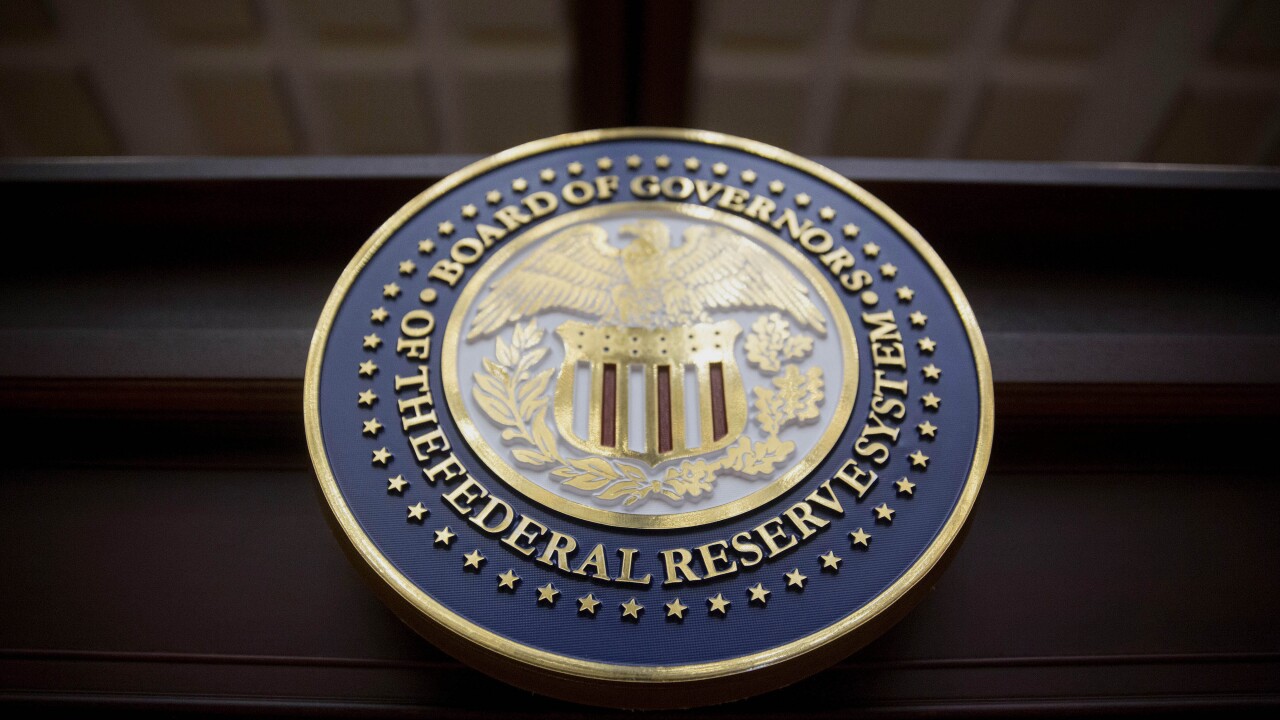
Pulaski Savings Bank's failure was the costliest relative to size of any U.S. bank in nearly six years, according to S&P Capital IQ.
The Chicago bank's failure will cost the Federal Deposit Insurance Corp.'s Deposit Insurance Fund 57.6% of its total assets at the time of failure, or $28.5 million, more than double the 24.8% median cost compared to assets of U.S. bank failures since 1998, S&P Global Market Intelligence data showed.
Texas-based Enole State Bank's downfall due to fraud in 2019 cost the fund 73.5% of its total assets, or $27 million, the data showed.
What caused Pulaski Savings Bank to fail?
Pulaski, which held $49.5 million in assets at the time of failure, was
The failure was also the 11th costliest since 1998, defying a recent trend as Pulaski and Enole are the only two failures in the top 20 since 2013, the data showed.
The FDIC's Office of Inspector General determined that the cost of Pulaski's failure warrants an in-depth review. The inspector general's office will also look into suspected fraud,
Comparing Pulaski to other major failures
Although Pulaski's failure is one of the costliest relative to size, its total cost still pales in comparison to other failures, such as the 2023 failures of California-based banks Silicon Valley Bank at $20 billion and First Republic Bank at $13 billion, the data showed.
Pulaski hadn't recorded positive earnings since 2005 and had a capital adequacy, asset quality, management capabilities, earnings sufficiency, liquidity position and sensitivity to market risk (CAMELS) rating of three from 2017 to 2023 due to deficient earnings, capital erosion and poor management oversight, the inspector generals office
Despite the signs of financial struggle, the FDIC and the Illinois state regulator failed to catch the deposit error. Regulators also faced backlash in 2023.
Treasury Secretary Scott Bessent said in April that refocusing regulation is the most important reform along with tailoring, and Federal Reserve Vice Chair for Supervision Michelle Bowman said earlier this month that





